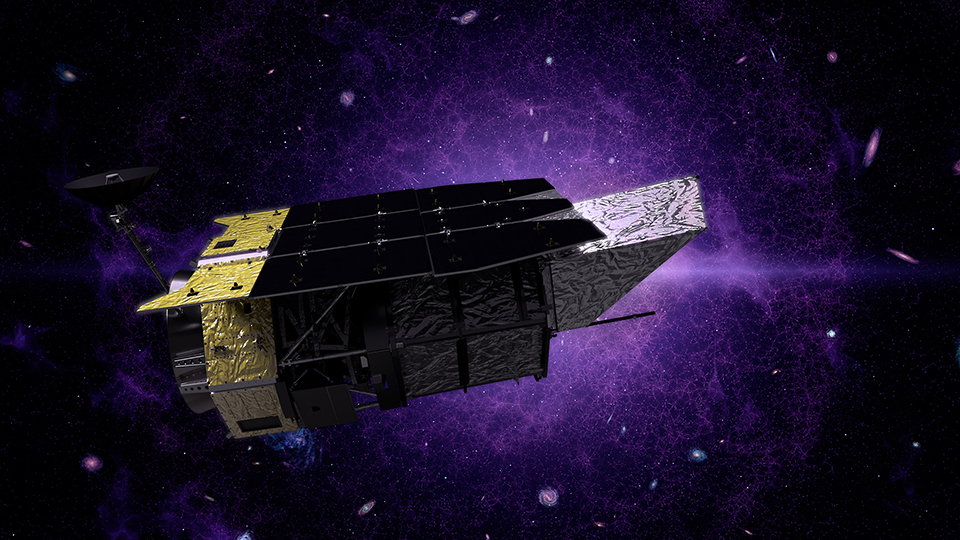Quedarse o irse? Las órdenes de evacuación en Israel dejan a Ghazan enfrentan una elección dolorosa.
El ejército israelí emitió nuevas órdenes de evacuación a los vecindarios de la ciudad de Gaza el viernes mientras presionaba…
El parlamento fue llamado para discutir la ley de emergencia para salvar el acero británico
El parlamento será llamado el sábado para discutir la ley de emergencia para salvar la fábrica de acero brishhish en…
El Seguro Social enumera a miles de inmigrantes muertos.
Desde que asumió el cargo, el presidente Joseph R. La administración Trump se ha movido agresivamente para abolir el estatus…
El esquema presupuestario de la Casa Blanca de Trump apresura fondos científicos en la NASA
Esta semana, como parte del proceso de creación del presupuesto para el año fiscal 2026, Trump compartió el borrador de…









